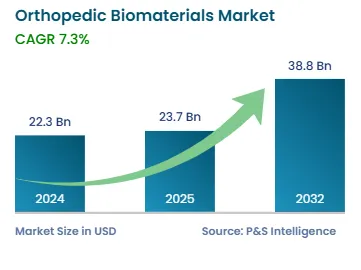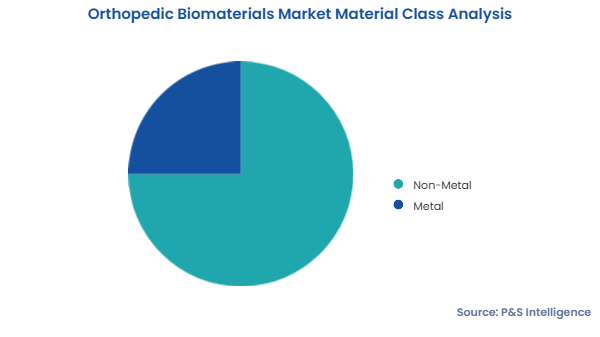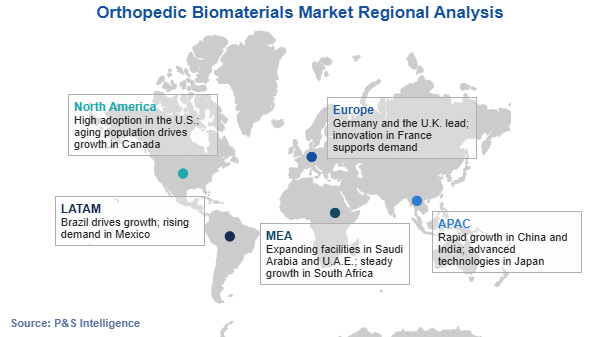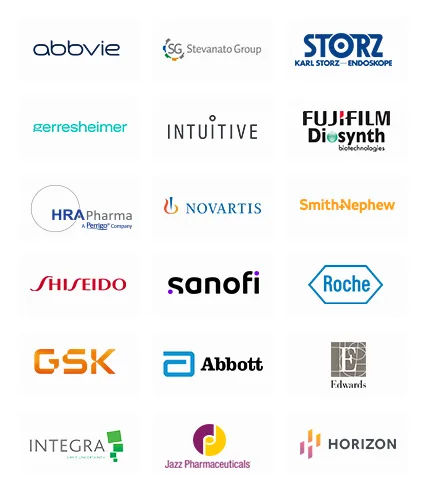Market Statistics
| Study Period | 2019 - 2032 |
| 2024 Market Size | USD 22.3 Billion |
| 2025 Market Size | USD 23.7 Billion |
| 2032 Forecast | USD 38.8 Billion |
| Growth Rate(CAGR) | 7.3% |
| Largest Region | North America |
| Fastest Growing Region | Asia-Pacific |
| Nature of the Market | Consolidated |
| Largest End User Category | Hospitals and Clinics |





